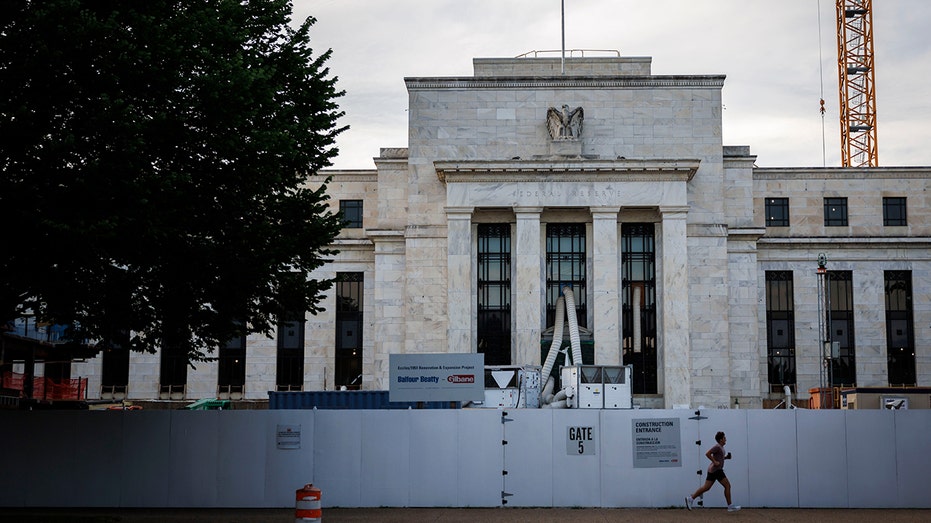The Conference Board chief economist Dana Peterson analyzes the job market and consumer confidence on Making Money.
Middle- and lower-income Americans are running low on disposable cash and are on track to have less than they were on pace to have before the COVID pandemic disrupted the economy, a study by the Federal Reserve Bank of San Francisco found.
Research published Monday by the San Francisco Fed found that while the top 20% of households by income saw their liquid assets – including cash and funds in savings, checking and money market accounts – rise sharply in 2020 and early 2021, they dropped and are now about 2% below what would’ve been expected without the pandemic’s impact.
The trend is even worse for the American households that represent the lowest 80% by income, who saw their assets rise less sharply and depleted their excess savings more quickly. That has left their liquid assets about 13% lower than the projected path of their finances before the pandemic.
That development comes as credit card delinquencies among middle- and low-income families rose earlier, faster and to “notably higher” rates than those of high-income families, the research found.
VANCE BACKS TRUMP ON PRESIDENT INFLUENCING FEDERAL RESERVE DECISIONS
New research from the San Francisco Fed found that middle- and low-income households have seen their cash and liquid assets decline. (Joe Raedle / Getty Images)
“Smaller financial cushions and heightened credit stress for households at the bottom 80% of the income distribution pose a risk to future consumer spending growth,” wrote economists Hamza Abdelrahman, Luiz Edgard Oliveira and Adam Shapiro.
Consumer spending, which accounts for about two-thirds of U.S. economic output, and the labor market were surprisingly resilient while the Federal Reserve raised interest rates aggressively in 2022-23 as it sought to tamp down inflation.
‘RECESSIONARY RUSSIAN ROULETTE’: HOUSE DEM DEMANDS POWELL END ‘KAMIKAZE’ INTEREST RATE POLICY

The Federal Reserve has signaled potential interest rate cuts next month if inflation continues to decline. (Ting Shen/Bloomberg via / Getty Images)
Those dynamics have boosted optimism among policymakers that they’ll be able to quell inflation without triggering a recession and a sharp rise in unemployment and achieve a “soft landing” to this inflationary cycle.
While that strength in the economy has given them the ability to hold the Fed’s benchmark federal funds rate at the current range of 5.25% to 5.50% to keep pushing inflation downward to the central bank’s 2% target, recent economic data have prompted concerns the policy may be slowing the economy down too much.
FED’S POWELL SAYS OFFICIALS WON’T WAIT UNTIL INFLATION REACHES 2% TO CUT RATES

Federal Reserve Chair Jerome Powell said the central bank doesn’t need to wait until inflation reaches 2% to cut interest rates if inflation data is improving. (Liu Jie/Xinhua via / Getty Images)
The July jobs report found the unemployment rate rose to a post-pandemic high of 4.3% and employers’ pace of hiring slowed.
Additionally, the pace of consumer spending growth on a month-to-month basis has slowed and averaged 0.3% in the three months through June, its slowest average pace in over a year.
Newsfromrss.com
Federal Reserve Chair Jerome Powell said last month that the central bank may move to cut interest rates as soon as September so long as inflation continues to trend toward the 2% target.
He also indicated that policymakers need not wait until the inflation rate actually reaches 2% to cut interest rates if the data is moving in the right direction.
Reuters contributed to this report.


